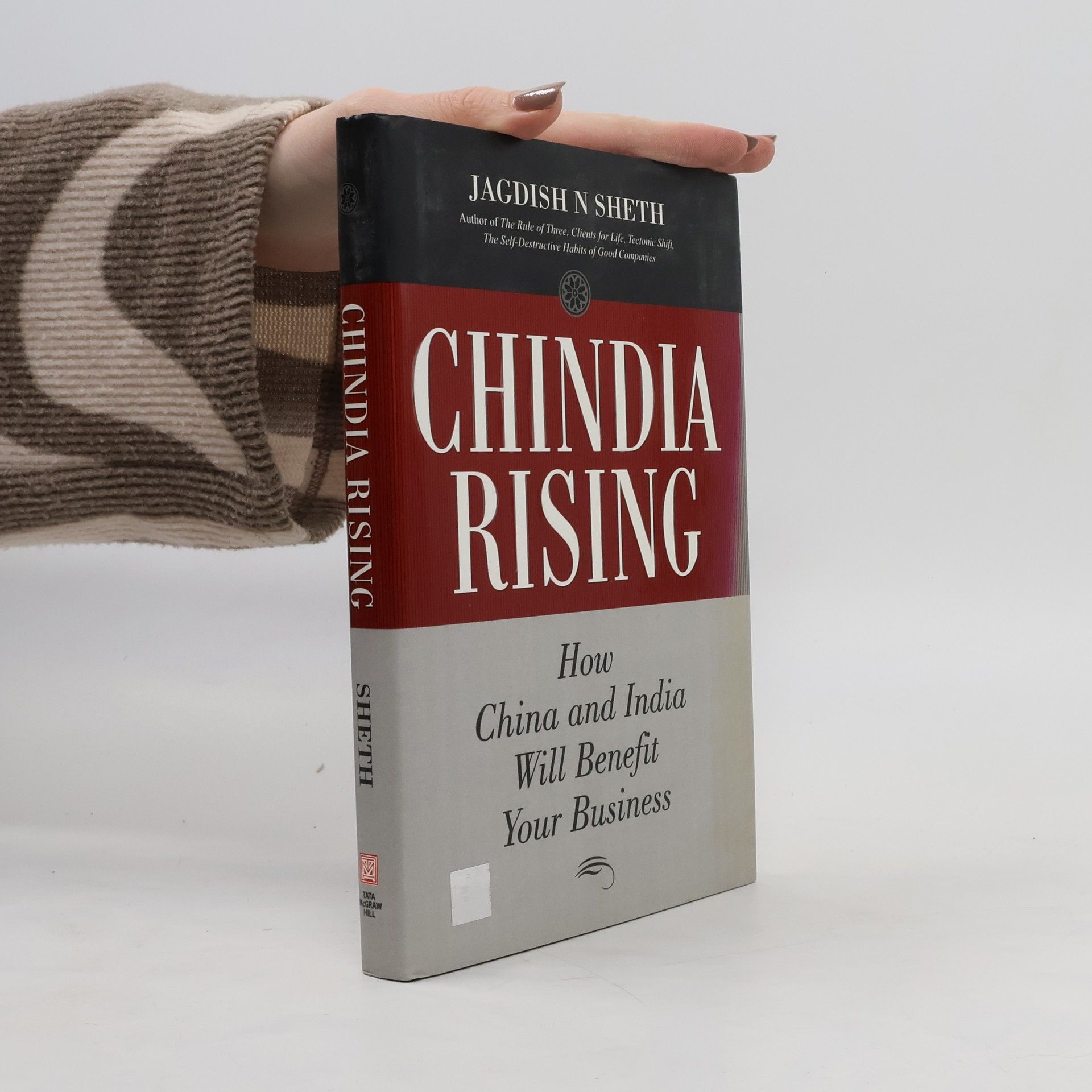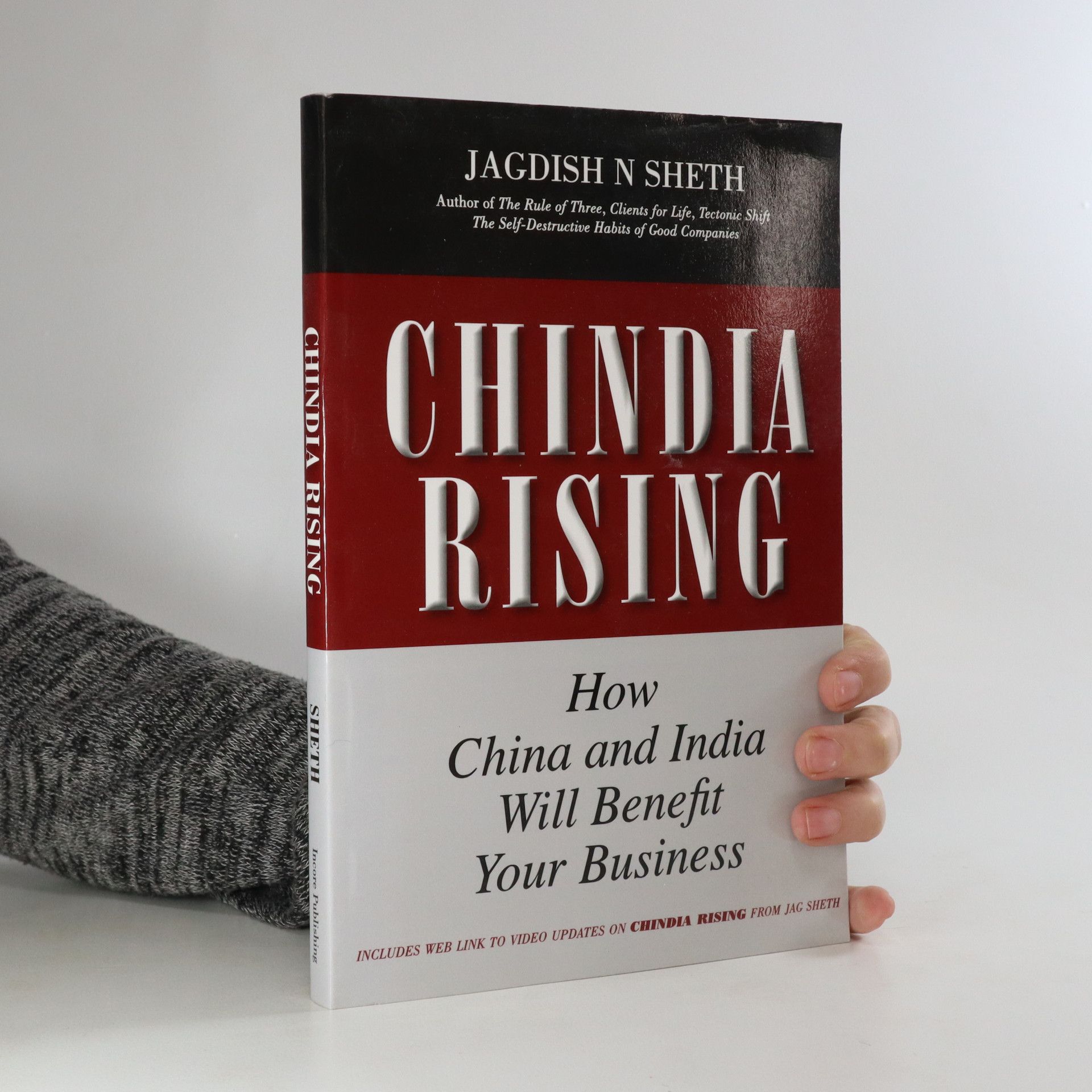Customer Behavior
- 799 Seiten
- 28 Lesestunden
This text seeks to make a connection between customer behaviour principles and the elements of marketing strategy. It covers the behaviours of customers both in the household and the business market. It looks at three customer user; payer; and buyer, addressing the concerns of all three roles. The book also approaches the established topics of culture and reference groups, demographics and psychographics, perceptions, learning, motivation, attitudes, decision-making, and post-choice experience. It also includes such managerial applications as segamentation as a response to customer differences, relationship marketing, and strategies for creating market values for the customer.






